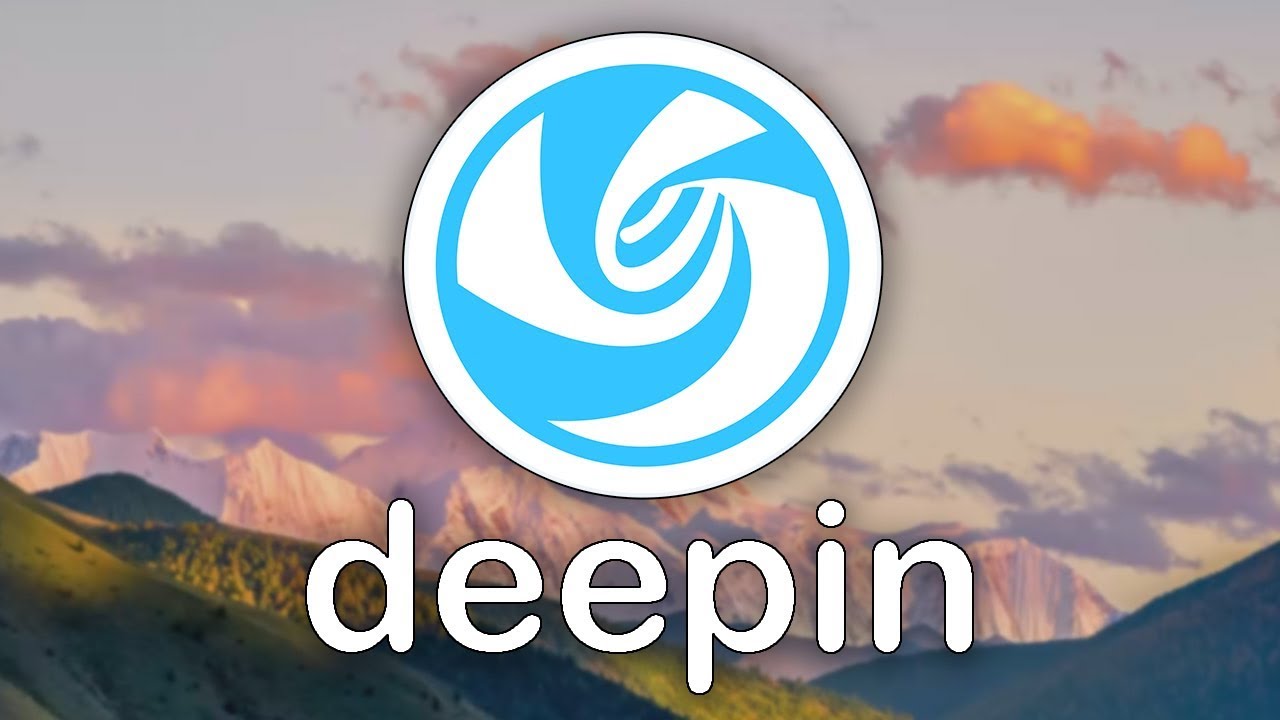Deepin 20 is the new major version of the most popular Chinese distribution on the market, a project dedicated to providing a beautiful, easy to use, safe and reliable operating system for all its users, its developers claim about this.
First thing first, the most prominent change in Deepin 20 is that it finally jumps to the latest version of Debian, the distribution on which it is based. Specifically, Deepin 20 is based on Debian 10.5, with all the package news that this entails, although Deepin has and maintains a lot of software on its own, beyond its own.
In this sense, the most notable novelty of Deepin 20 is the support of two versions of the Linux kernel, the LTS and a more recent one: Linux 5.4 and Linux 5.7, to be chosen in the installation process. Which of the two is more recommended? In Deepin they point to the last one due to the hardware support improvements it offers, but it is up to the user. Both include the option to boot the installer in safe graphics mode.
Speaking of the system installer, it is another component that is renewed in Deepin 20: the aesthetic adapts to that of the desktop and reorganizes its options and the moment in which it presents the steps. The most prominent addition is the installation of the proprietary NVIDIA drivers.
Regarding these own tools, we also anticipate improvements in the calendar, which now has several views (day, week, month and year) and allows you to add events. But there are several that show that they have polished their presentation and added functions, such as the file manager or more sensitive pieces such as the software manager, which launches new options to filter applications, or the system configuration, which detaches itself from the obnoxious side panel to be displayed in a separate window.
Another important note regarding the system installer is that it requires a minimum storage space of 64 GB, although they recommend 128 GB “for better performance.” The reason for these requirements is because Deepin 20 automatically creates different partitions, including boot, exchange and two for the root, since they have implemented a recovery system without user intervention. This in itself increases the requirements for the use of this system but the implementations are for the better since it improves the quality for us and makes it more enjoyable.



